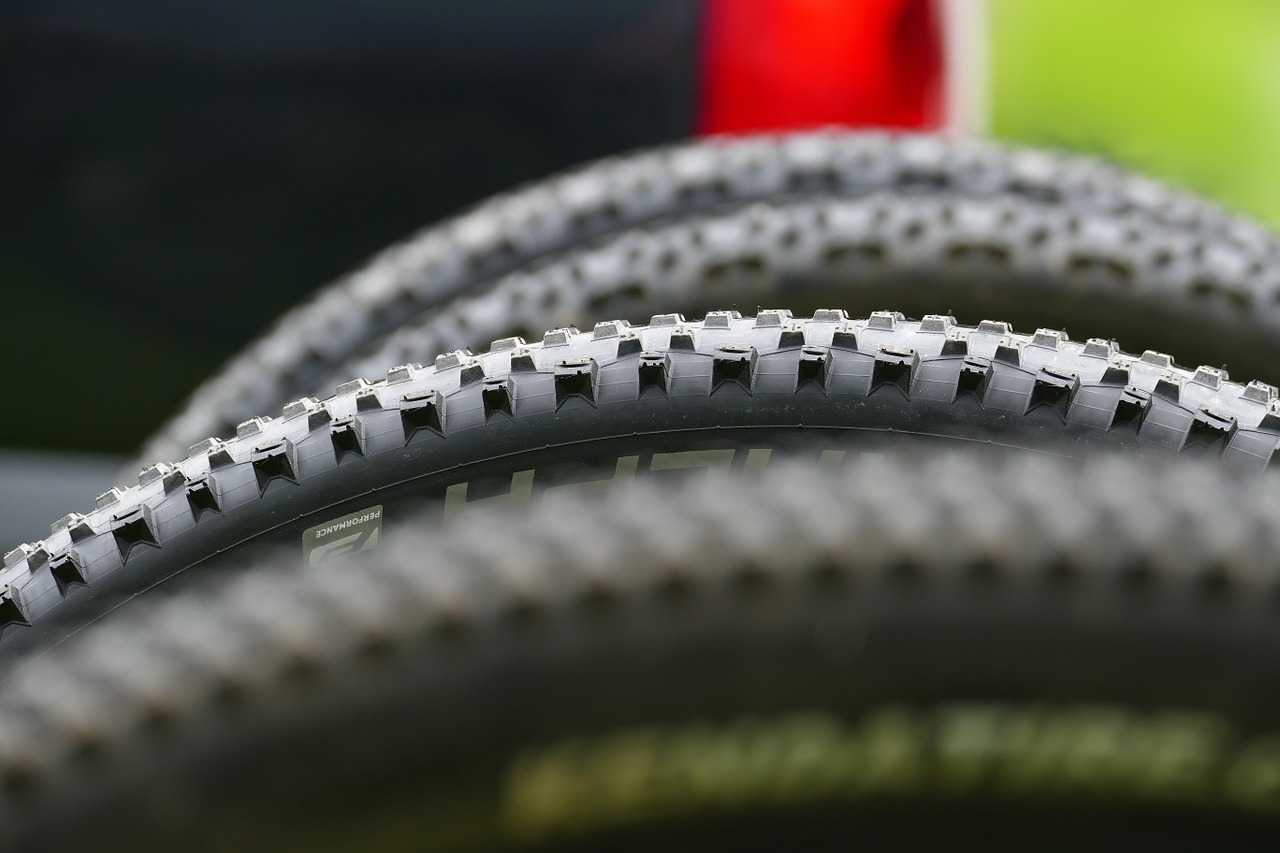Gravel bike tire widths seem to be continuously growing. How do you know when enough is enough? My bike came with stock 28mm wide tires and now I ride 42mm tires. My current tires carried me through a 375-mile cross state ride that included pavement, gravel, sand and 2”-5” railroad ballast rock. They performed perfectly up to soft sand and then things became more difficult. The 42mm tires traveled along the packed sand as expected, but they sunk quickly into the softer sand and loose gravel. The added front end weight of water and equipment contributed to the tires digging in and choosing their own line of travel versus floating along the top of the sand. Others in our group had 45mm tires and one even had 2.3” (roughly 57mm) tires. Those with 45mm tires traveled noticeably better on the soft sand and the rider with the 2.3” tires literally left us in his dust. On the railroad ballast, the 2.3” tires were the only reasonable option. The constant vibration and continuous effort to keep a straight line and our speed above 5mph on the slight upgrade was excruciating, resulting in frequent breaks and some walking. Obviously, the bigger the tire, the better, right? Let’s dive into that.
On the occasional paved surface, we were able to average 14-16 mph on the flats with our loaded bikes. Mr. big tires worked harder to maintain the pace and even struggled some on the longer hill climbs. He was one of the strongest riders in the group, but his tires were no longer optimized for the terrain. What is the perfect size tire? The riding conditions play a huge factor in the decision, but your personal riding style is equally important. For example, is it more important to enjoy the sandy and extra rocky terrain with larger tires versus working harder to maintain higher speeds on the open road? Personally, based on my experience of our cross-state ride, I will increase my tire size to something between 45mm and 50mm for our next long trip that will include soft sand and loose rock stretches, but nothing more, because I also enjoy the freedom of cruising along country roads and less resistance on long climbs.
There are also technical factors that will determine how big you can go on your tires. The most obvious is the tire clearance in your forks. There is a lot of information and “rules of thumb” on the topic. Jan Heine explains a method for determining how much wider a tire can be here How Wide a Tire Can I Run? – Rene Herse Cycles When considering the all-around clearance, the consensus is to have 3-5mm between the tire and the closest potential contact. Also keep in mind that you can’t just keep adding bigger tires to your current wheel. Wider tires will require wider rims to achieve the best performance and safety. This wheel and tire compatibility chart by WTB is extremely helpful in determining what is optimal, compatible and the all-important, not recommended. Tire & Rim Fit Chart – WTB If you determine that you will need to upgrade to a wider rim, keep in mind that it will slightly widen the tire and decrease the diameter. That means you may have a little more clearance between the crown of the tire and the top of the fork. But double check that you will still have room between the sides of your tire and fork. In other words, if your current tire is already within 3mm of the forks then you may not want to go to a wider rim. On the other hand, if you have 7mm of clearance between the side of the tire and the fork you will have plenty of options. The math looks like this, 7mm-3mm (needed clearance) provides approximately 4mm on each side of the tire! That means you can move up in tire size by 8mm or increase the inner rim size by 2-4mm and increase the tire size by 4-6mm.
What if you want to move up to a wider tire but you don’t have any more clearance? You may have another option. If you are currently riding 700cc wheels you could switch to 650b wheels. Depending on the tire and rim width, the total wheel diameter for a 700c is 28.5 – 29 inches and a 650b is 27.5 inches. Since forks get wider towards the axle, the smaller diameter 650b provides a little more side to side and top room. In summary, if you generally ride on paved and packed gravel trails you won’t need to go more than 40mm to achieve performance and comfort. Consider 45-50mm tires, if your rides include sand and loose rock. I recently purchased 50mm tires that measure 48mm installed. Finally, don’t forget that your tires and rims should be compatible for the best performance and safety.


I would not expect variation of 3 mm to have much of a difference – but now I know. Someone needs to invent variable tires so that you can modify easily while riding. Now, wouldn’t that be something? Thanks for the great info; very interesting – for sure!
Thanks Ann – That would be something to be able to adjust width on the go! There is some flexibility with today’s tubeless tires. The air pressure can be reduced to really low pressure to gain better traction, something one can’t do with innertubes because of the risk of pinch flats.